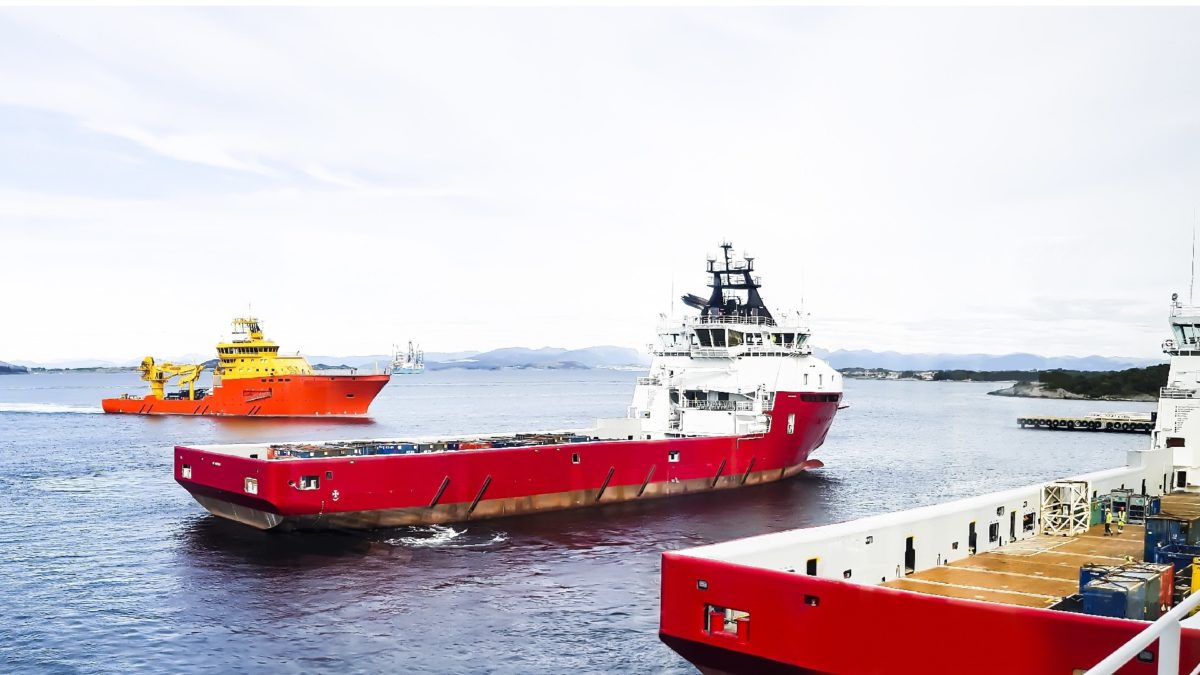Spring 2021 approximately 1 000 offshore vessels were in lay-up including about 130 Norwegian PSV (Platform Supply Vessels) and anchor handling vessels. Prospects for new contracts are limited. The need and desire to reintroduce all these vessels to the offshore industry is low and in the short term almost zero. The alternatives for these vessels are; keep the vessels in lay-up, sale for other assignments in non-competing markets, scrapping or conversion to new or existing markets. Vessels in lay-up are running the risk of not being competitive when the market for these vessel types again are growing. Scrapping of vessels naturally results also in CO2 emissions.
In addition, the total cost of scrapping a vessel needs to be taken into consideration even though the scrapping and loss fund (considered to be funded from the governments) should be available. Additionally, it is against common sense to scrap a vessel of good quality. A significant part of the fleet of 1 000 offshore vessels in lay-up are relatively young.
Conversion of the vessels to operate in new markets is an alternative, however both technological and economical barriers exist. There are lots of alternative markets, but the need in each of the market segments may be limited. Experience also indicates that it can be challenging to meet the market expectations. An important prerequisite may be use of low emission technology both when converting and when selecting solutions for the new converted vessel design.
The industry will need to consider future updated global, regional, national and local requirements related to reduced emissions. A substantial increase of the CO2 tax is signalized. This may make conversion and reuse of vessels more attractive. Currently there is a high uncertainty related to the requirements; when the industry needs to comply with them, how strict they will be and which technological solutions that will be found appropriate. This results in uncertainties for newbuilding specifications in the short term. Despite uncertainties, reuse of offshore vessels in new market segments, as part of circular economy, is therefore a desirable and logical solution for the industry.
Conversions have to a limited degree been a prioritized model as a solution for the many vessels in lay-up. Through the pilots’ assignments and participants broad competence from different parts of the maritime industry, this pilot will shed light on the matter in a new and different way, and perhaps also reduce some of the uncertainties. With this background information, the pilot vision is to accelerate the maritime shift and aim to put light on the subject of circular economy and the environmental gains by applying the current offshore fleet as a practical example.
The pilot shall develop a roadmap/guideline for reuse/conversion of a relatively young offshore fleet in new market segments where the challenge is to understand the whole opportunity space and map the relevant barriers where the environmental and economic gains are crucial for realizing conversion projects. The pilot shall facilitate 1-2 tender processes, which are selected based on financial and technical possibilities for realization.
Goal of pilot project
The purpose of the pilot project is to document and prove the economy of conversion to new markets including the environmental gains. This can be done by mapping the opportunities of reusing offshore ships into new market segments by evaluation of criteria related to market, economy, functionality, technical requirements and safety.
The following work packages are initiated. Vard is the pilot owner and coordinator for the following work packages:
- WP1 Marked mapping: Market and fleet analysis covering new markets and potential candidates (ships) including shipping rates in the new market etc.
- WP2 Experience mapping: Mapping of previous conversion projects related to requirements, specifications and costs
- WP3 Barriers and opportunities: Technical and economic barriers and opportunities based on current and future rules and regulations including input to future measures/incentives.
- WP4 CO2 footprint: Related to scrapping, newbuilding, conversions, fuel consumption and fuel alternatives in relation to circular economy.
- WP5 Economic analysis: For realistic prospects by matching candidates with the market.
- WP6 Final delivery: Presentation, but also a project that can be used in marketing and can potentially result in a conversion offer.
Status
The pilot started in February 2019. Offshore wind is a clear market for conversions of offshore vessels. Offshore wind industry will potentially have a need of about 100 vessels – in addition to the approximately 150 vessels already operating for this industry – over the next four years. These are service offshore vessels which shall assist with support, service, supply, and installation. The pilot has already pointed out that there are also a number of other markets that are relevant. For example, aquaculture, bunkering, waste management, cargo/transport, tender vessels (for preparedness, contingency, emergency, standby), and some smaller markets that have been requested, such as for the cruise industry.
The pilot participants agree that by making limited changes and upgrades to existing offshore vessels, it will be possible and environmentally friendly to reuse/convert existing vessels. As the requirements for reduced emissions from vessels are becoming stricter – that each vessel need to further reduce their emissions – one will be able to achieve further benefits through conversion and reuse. The pilot’s hypothesis is therefore that conversion and reuse is often preferable. The exemption – not considering old vessels – is naturally newbuilds that are built as zero emission vessels. This is not seen as realistic for many segments in the foreseeable future.
Project results are available in a brief article (Norwegian).
The project final report was finalized at the yearend 2021/22.
February 2022
As of February 2022, work will continue with several possible, specific conversion projects including conversions of existing offshore vessels for use in other industry segments.
Andreas Buskop, who led the pilot project, is very pleased that the collaboration between the pilot participants contributed to an increased focus on the circular economy and also produced concrete results: “Ships are now being rebuilt and equipment reused, as the pilot pointed out. Although pilot partner DOF’s specific conversion opportunity was not realized, the pilot indirectly contributed to several concrete examples of reuse.”

